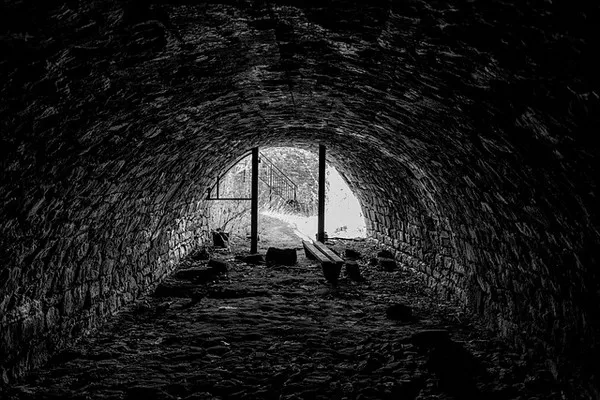Raw sewage treatment is a critical process that ensures the safety of water bodies and public health. It involves a series of steps designed to remove contaminants and pollutants from wastewater before it is discharged back into the environment. Among these steps, the first one holds paramount importance as it sets the stage for subsequent treatment processes. In this article, we delve into the significance of the initial step in treating raw sewage and explore its intricacies.
The First Step: Preliminary Treatment
The first step in treating raw sewage is known as preliminary treatment. This stage focuses on the removal of large objects, solids, and grit from the wastewater stream. Despite its seemingly simple nature, preliminary treatment plays a crucial role in safeguarding downstream treatment processes and optimizing their efficiency.
Importance of Preliminary Treatment:
Protecting Equipment: Large objects such as sticks, rags, and debris can cause damage to pumps, pipes, and other equipment if allowed to enter the treatment system untreated. Removing these materials during preliminary treatment helps prevent costly repairs and downtime.
Preventing Clogging: Solid materials present in raw sewage can cause blockages and clogging in pipes and channels. By removing these solids early in the treatment process, the risk of blockages is significantly reduced, ensuring smooth operation of the treatment plant.
Enhancing Efficiency: Grit and sand present in raw sewage can wear down equipment and impede the effectiveness of subsequent treatment processes. Preliminary treatment removes grit and sand, thereby improving the efficiency and longevity of downstream equipment.
Components of Preliminary Treatment:
Screening: Screening is the first step in preliminary treatment and involves the use of screens or grates to remove large objects such as sticks, leaves, and plastics from the wastewater stream. These screens may be manually cleaned or automated, depending on the size and capacity of the treatment plant.
Grit Removal: After screening, the wastewater undergoes grit removal to eliminate sand, gravel, and other abrasive materials. Grit removal can be achieved through settling tanks or grit chambers, where the heavier particles settle to the bottom for subsequent removal.
Primary Sedimentation: In some treatment plants, primary sedimentation is included as part of preliminary treatment. This process involves allowing the wastewater to sit in large tanks, where suspended solids settle to the bottom under gravity. The clarified water then moves on to further treatment stages.
Technological Advances in Preliminary Treatment:
Advancements in technology have led to the development of innovative solutions for preliminary treatment, improving efficiency and effectiveness. Some notable developments include:
Automated Screening Systems: Modern treatment plants often employ automated screening systems equipped with sensors and actuators to detect and remove large objects from the wastewater stream. These systems can adjust their operation based on flow rates and debris levels, optimizing performance while minimizing manual intervention.
Enhanced Grit Removal Techniques: Advanced grit removal systems utilize centrifugal force, vortex separation, or aerated grit chambers to achieve more efficient removal of grit and sand from the wastewater stream. These techniques offer higher removal rates and require less space compared to traditional settling tanks.
Improved Primary Sedimentation: Enhanced primary sedimentation systems incorporate advanced design features such as inclined plates, baffles, and hydraulic controls to maximize solids removal efficiency. These improvements result in higher throughput capacity and reduced footprint, making them ideal for retrofitting existing treatment plants.
Challenges and Considerations:
Despite its importance, preliminary treatment is not without challenges. Some key considerations include:
Variability of Influent: The composition and characteristics of raw sewage can vary widely depending on factors such as weather conditions, population density, and industrial discharges. Treatment plants must account for this variability and adapt their preliminary treatment processes accordingly to ensure consistent performance.
Energy Consumption: Traditional preliminary treatment methods such as screening and grit removal can consume significant amounts of energy, particularly in large-scale treatment plants. Implementing energy-efficient technologies and optimizing process control can help minimize energy consumption and reduce operational costs.
Emerging Contaminants: The presence of emerging contaminants such as pharmaceuticals, personal care products, and microplastics in wastewater poses new challenges for preliminary treatment. While conventional methods may effectively remove larger particles,additional treatment processes may be required to address these emerging contaminants effectively.
See Also Who Has The Best Sewer System In The World
Conclusion:
The first step in treating raw sewage, preliminary treatment, plays a crucial role in ensuring the efficiency, reliability, and sustainability of wastewater treatment processes. By removing large objects, solids, and grit from the wastewater stream, preliminary treatment protects downstream equipment, prevents clogging, and enhances the effectiveness of subsequent treatment stages. Continued advancements in technology and process optimization will further improve the efficiency and environmental performance of preliminary treatment systems, paving the way for more sustainable wastewater management practices.

